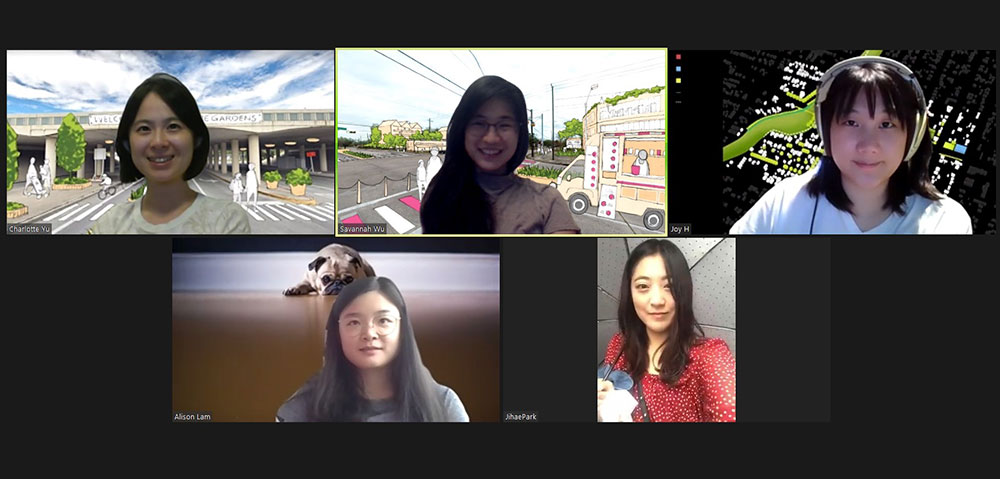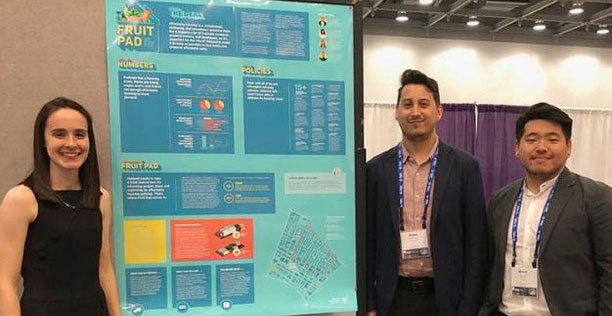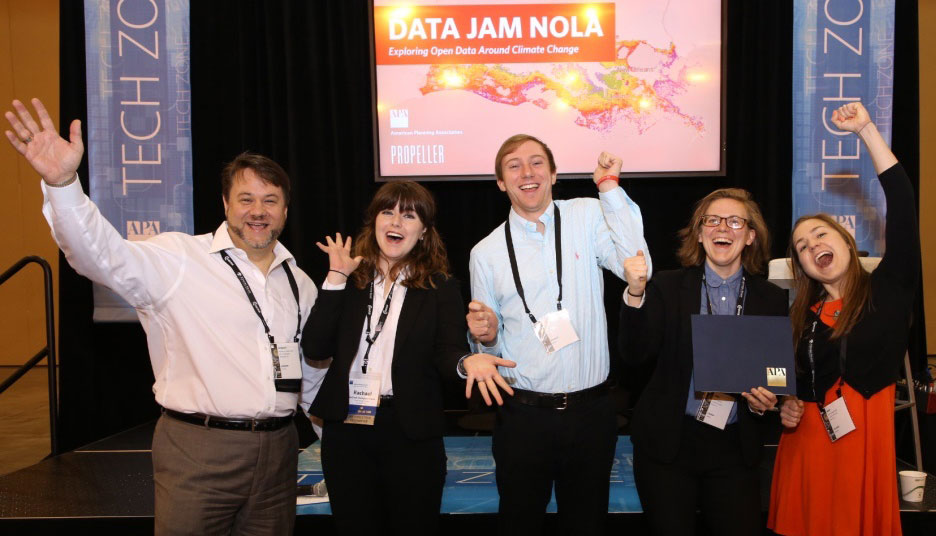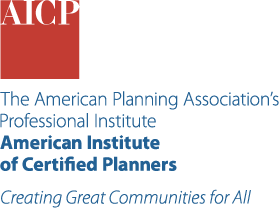Student Planning and Design Competition
2026 Student Planning and Design Competition Registration
Register from September 16 – December 5, 2025 at 11:59 CT.
Given that the student membership page is still down, an amendment has been made that all team members must be APA members by the project submission deadline. For team registration, you may enter "N/A"for any team members who are unable to sign up at this moment. Those team members will be able to complete their APA membership once the site is back up.
Competition Materials
2026 Student Planning and Design Competition Prompt
2026 Student Planning and Design Competition Q&A Portal
2026 Student Planning and Design Competition Registration Portal
Davison-Schoolcraft and the Joe Louis Greenway
Repositioning the Post-Industrial Landscape
The 2026 Student Planning and Design Competition centers on the Joe Louis Greenway, a 47-acre site in Detroit's Davison-Schoolcraft neighborhood. Detroit will also host the 2026 National Planning Conference.
Students will create a plan that acknowledges the area's industrial past while meeting current needs and exploring new opportunities.

The Joe Louis Greenway is a planned 27.5-mile recreational trail connecting Detroit neighborhoods, parks, and communities through non-motorized pathways.
Student Planning and Design Competition Participant Testimonials
Experiencing the competition is more than a challenge; it's an immersion into real-life scenarios. It is where diverse perspectives converge, allowing us to witness how experienced professionals approach complex issues. As some of us are international participants, it is our inaugural opportunity to delve into American design and policies, exchange ideas, and witness the power of innovation in shaping cities.
—Sofia Chiappero
Participating in the APA Student Planning and Design Competition was an amazing opportunity to collaborate with my classmates from different backgrounds and use our collective expertise to solve a real-world planning problem. I'm grateful for the opportunity we had to travel to NPC to present our design, meet the other teams, and share our experiences.
—Cale Wagner
Participating in the APA Student Planning and Design Competition has been such a fulfilling experience, coming from diverse backgrounds to collaborate and apply planning concepts in real-world scenarios. This challenge was particularly exciting as we're simulating the design phase of an ongoing project!
—Hannah Leung
Previous Winners
2025
University of Texas at Austin
GreenLink - UDP Collective

The team from the University of Texas at Austin took first place in this year's Student Planning and Design Competition. Photo by Jordan Sweet.
The winners from the University of Texas at Austin were Chaochen Fan, Edwin Flores, Tess Matzakos, Kunth Shah, and Maria Rubio.
2024
Massachusetts Institute of Technology
Twin City Studios

Massachusetts Institute of Technology team members: Zak Davidson, Cal Wagner, Hannah Leung, APA President Angela D. Brooks, FAICP, Sophia Belen Chiappero, and Mikal Berra.
2023
Arizona State University | Sun Devil Development Team
Repairing Logan's Urban Fabric: The Stitch Project
Vision Statement
"The Logan Triangle will be mended back into the urban fabric of the Logan Neighborhood, having become a healthy, safe, affordable, desirable, and sustainable community by 2033. This will be accomplished by The Stitch Project, a design that will transform the Triangle from a detached piece of Philadelphia's urban fabric back into a vital part of the Logan community. The Project will accomplish this through four categories of complementary activities: connecting people with places, blending old and new, enhancing quality of life, and reviving to thrive."

Sun Devil Development Team: Bryan Leyba (MUEP & MSUS), Kelsey Ouellette (MSUS), Sara Pimentel (MUEP), Deema Abdul Rahman (MUEP), and Leen Elharake (MUEP).
2021
First Place
Reimagine, Macon, Georgia
Team Reimagine — University of Georgia
Team Reimagine aims to help regenerate a city that has struggled with many challenges regarding civic engagement, socioeconomic mixing/racial injustice, connectivity between communities, and environmental sustainability. The purpose of honing in on the site context and analysis was to find the true character of the spaces and the people of Macon. Our proposed ideas and designs strove to not only tackle the existing challenges but also help create a healthy and safe environment for all residents in the community through public access, parks and recreation, and revitalizing the downtown.
Team Members: Adolfo Martinez, Karlie Roper, Margaret Apperson, Duncan Watts, Jeremy Smith, Anneka Pace
2020
First Place
Team RES
Columbia University

2020 Student Design Competition Winners
"Team RES (resilient, responsive, restorative) seeks to promote healthy communities, support workforce development and community entrepreneurship, increase high-quality housing options, and incorporate strategies that optimize environmental assets and awareness. Through our proposal, we seek to address some of the community's concerns targeting flood mitigation, environmental remediation, gentrification, housing affordability, and the high crime rate. We explore the myriad of solutions around planning for communities that are equitable, resilient, and for residents who need ready access to housing that's affordable."
2019
Team Fruitpad
Cornell University

2019 Student Design Competition winners, Team Fruitpad from Cornell University.
2018
NOLA Shares
Cornell University
Team Leader — Anna Callahan; Team Members — Thomas Pera, Hannah Plummer, Kari Spiegelhalter
NOLA Shares features a web and app-based platform that aims to increase and facilitate shared skills, resources, and knowledge across the Iberville community in downtown New Orleans. In addition to cloud-based infrastructure, the team proposed physical kiosks installed throughout the neighborhood to guarantee access for all residents.

2018 Student Design Competition Winners: Team Leader - Anna Callahan; Team Members - Thomas Pera, Hannah Plummer, and Kari Spiegelhalter.
2017
L.E.A.P. to a Smart Future
University of Illinois at Urbana-Champaign
Team Leader — Xiaochen Chen; Team Members — Yuanyi Xiao, Donggyu Lee
The 2017 Student Design Competition invited interdisciplinary student teams to apply place-based Smart City technologies to a specific New York City site. The winning team, L.E.A.P. from the University of Illinois at Urbana-Champaign, creatively identified a four-part vision — L.E.A.P. to a Smart Future — detailing how Smart City technologies could be used to improve Livability, Empowerment, Accessibility, and Play on site.





